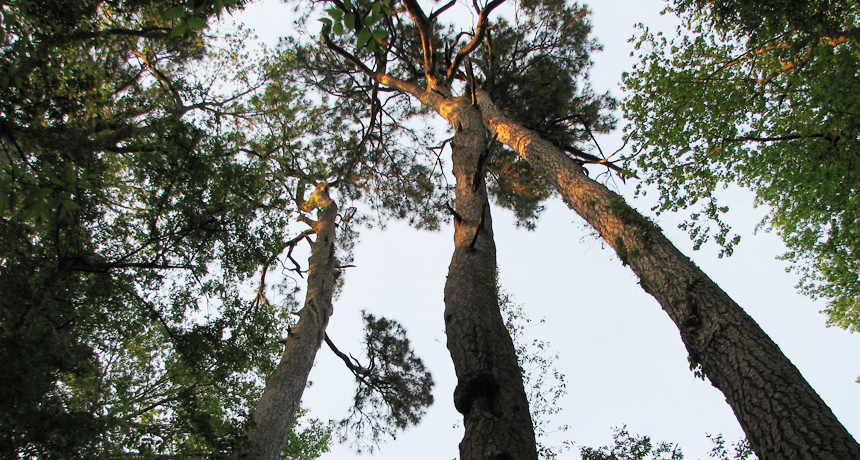Highlights from the Biology of Genomes meeting
An enormous tree's enormous genome, genes for strong-swimming sperm and more presented May 7-11 in Cold Spring Harbor, N.Y.

BIG GENOME Loblolly pine trees (shown) are used for lumber, paper and many other products. Scientists have compiled the organism’s genome, the largest ever attempted.
National Park Service (NPS); U.S. Department of the Interior







